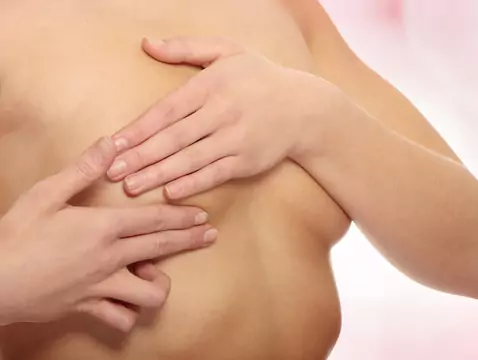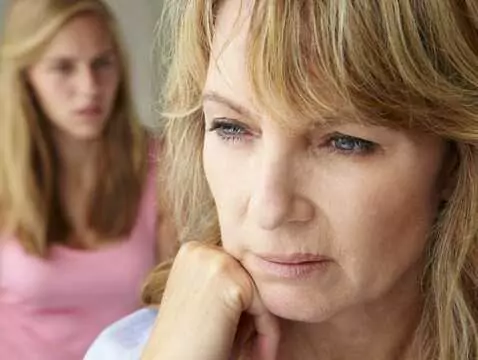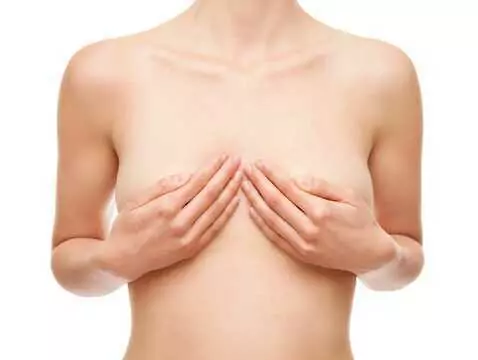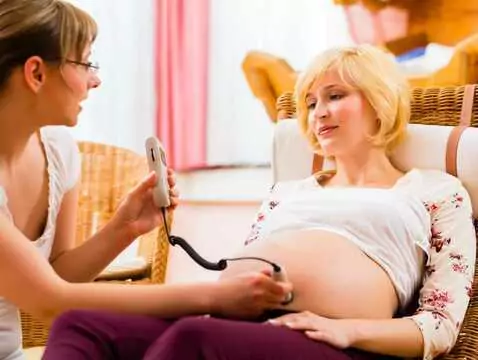Breast cancer is like a silent killer. It can develop unnoticed for years without giving any symptoms. This is all the more important to bear in mind as it is one of the most common malignancies that women suffer from.
After the age of 40, a woman should have an ultrasound examination and a mammogram every year. Independent examinations performed at home should not be forgotten, of course. In many cases, they contribute to the detection of cancer. It should be noted, however, that the existence of a cancerous nodule can only be confirmed by an examination performed by a doctor. In many cases, the lumps are also too small to be felt during a breast self-examination.
What should prompt a visit to the doctor?
Any noticeable change in your breasts should prompt you to undergo an examination. A change in shape, the appearance of induration, lumps or nodules in the breasts and armpit area and changes in the colour of the skin of the breasts and nipples are all warning signs. Any swelling, redness or wrinkling can also be worrying. Symptoms can also appear within the nipple and breast. The appearance of an "orange peel", blood-coloured nipple discharge or retraction of the nipple should be a signal for an immediate visit to the doctor.
Increased risk factors
There are several factors that can increase the likelihood of developing breast cancer. In 5 to 10 per cent of cases, genetic mutations inherited in the family are responsible for the cancer. There is also an increased risk among women whose family has or has previously had cancer. The development of cancer is also favoured by pre-existing, non-cancerous breast lesions. Even menstruation has an impact on the risk group.
In fact, it turns out that women who started menstruating before the age of twelve and those who began menopause over the age of 55 are predisposed to the disease. The more children a woman gives birth to, the less likely she is to contract the disease. It is also important that the first pregnancy takes place before the age of 30 and that the children are breastfed, which also lowers the risk. Women at risk should be screened more frequently and, with their doctor's consent, can have their first mammogram as early as the age of 35. However, being in the risk group does not necessarily mean that breast cancer will strike.

fot.panthermedia
Many women in this group never develop cancer, and it also happens that someone who does not qualify for this group develops breast cancer. This is why the need for all women to be screened, regardless of whether they qualify for breast cancer or not, is so often and clearly emphasised.









